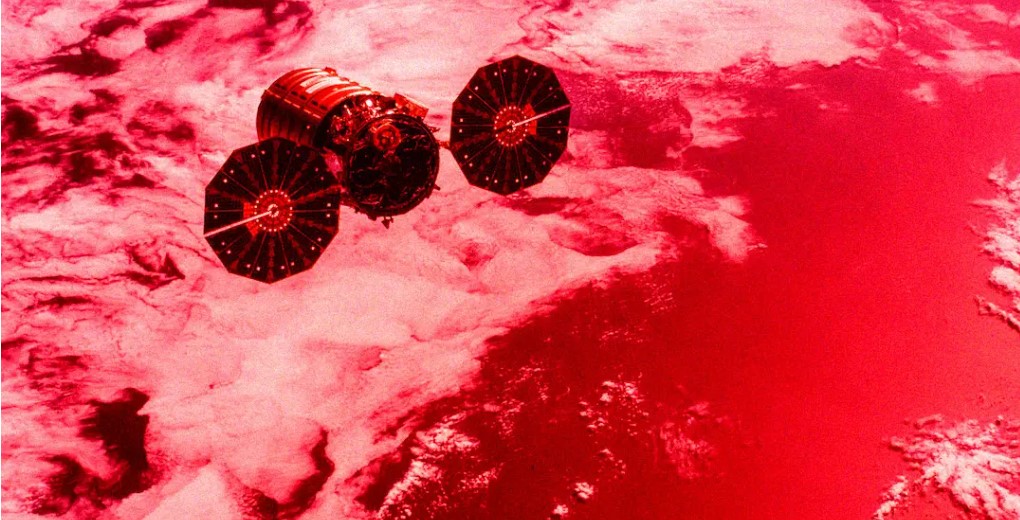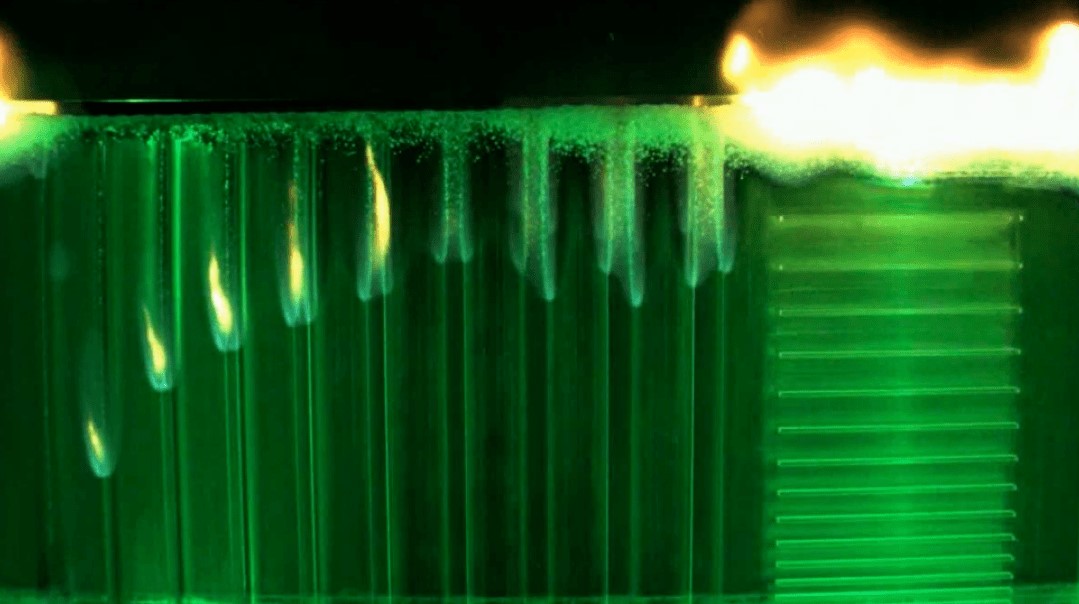
NASA has officially ended its Saffire experiment, designed to better understand the behavior of fire in space and improve fire safety on spacecraft and orbital stations. The test, which consisted of six stages, ended when a cargo spacecraft burned up in the Earth’s atmosphere,informs Futurism.
NASA’s sixth and final experiment with fire in space, called Saffire-VI, was launched to the International Space Station last August aboard the Cygnus cargo spacecraft. According to NASA, the capsule for the experiment burned up together with the cargo ship in the Earth’s atmosphere, and thus the experiments with fire in orbit ended.

The first Saffire experiment on the Cygnus ship was conducted in 2016, and since then, scientists have conducted 5 more similar studies of fire behavior. All of them were carried out under the guidance of scientists in a capsule measuring 1 meter by 1.2 meters, where a controlled ignition of various materials was created.
Through experiments, NASA scientists investigated issues related to the safety of crews during space missions if a severe fire occurs on board a spacecraft or station. Thanks to the cameras inside the capsule, scientists observed the raging fire, while collecting important data that allows them to predict the spread of fire and the severity of the fire on a spacecraft or station.
Fire in space is a huge problem and such experiments are designed to ensure that these problems do not arise or that accidental fire in space can be controlled. One of the most famous fires occurred at the Mir orbital station in 1997. The flames burned brightly for several minutes, filling the station with smoke. Fortunately, the crew members acted quickly enough to extinguish the fire.

